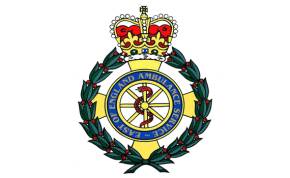
The safety of our patients must always be our highest priority; one of the highest risks of harm to our patients is in the community at times when we have no resources to send to them, and we have had a number of serious incidents reported, involving actual harm, that have been contributed to by hospital handover delays.
The scale of this issue continues to grow, with the hours lost at hospitals across our region reaching the equivalent of more than 100 full shifts each week.
We are regularly stacking high numbers of emergency calls within our EOCs, and at times of high demand we sometimes simply don’t have a resource to send to them, and this brings added risk to an existing emergency situation. Some of these patients are triaged or assessed as immediate or critical and are at risk of harm, and include those already assessed by our own teams face to face.
We have a responsibility to mitigate that risk to our patients wherever possible. As such, when we’re not able to release ambulances through our normal escalation processes, there are times when we require crews to consider ‘cohorting’; in simple terms, that means a crew leaves their patient at hospital under the care and leadership of a paramedic, HALO, EEAST officer, or fellow crew, so that they can leave and respond to an outstanding emergency Red call or support colleagues awaiting Hot1 back-up.
As such, the Trust has produced some cohorting guidance for EEAST clinicians as supportive guidance on what considerations need to be made if they’re asked to cohort a patient in their care. The Trust does not expect anyone to leave their patient if they have clinically assessed that it is not safe to do so; the patient’s care, welfare and safety is paramount. The clinician’s professional, risk based decision is final, and will be accepted by the Trust.
Cohorting will only be undertaken when the Trust has exhausted all other options with the receiving hospital in line with NHSE guidance and our authorising protocol. Clearly, effort to transfer care to the emergency department must be ongoing.
Thank you to all of our staff and volunteers for your efforts in ensuring the safety of all of our patients.
Download a copy of the cohorting guidance here. Got a question? Please speak to your management team or leave a comment below, and we’ll get back to you as soon as we can.
Published 2nd December, 2016